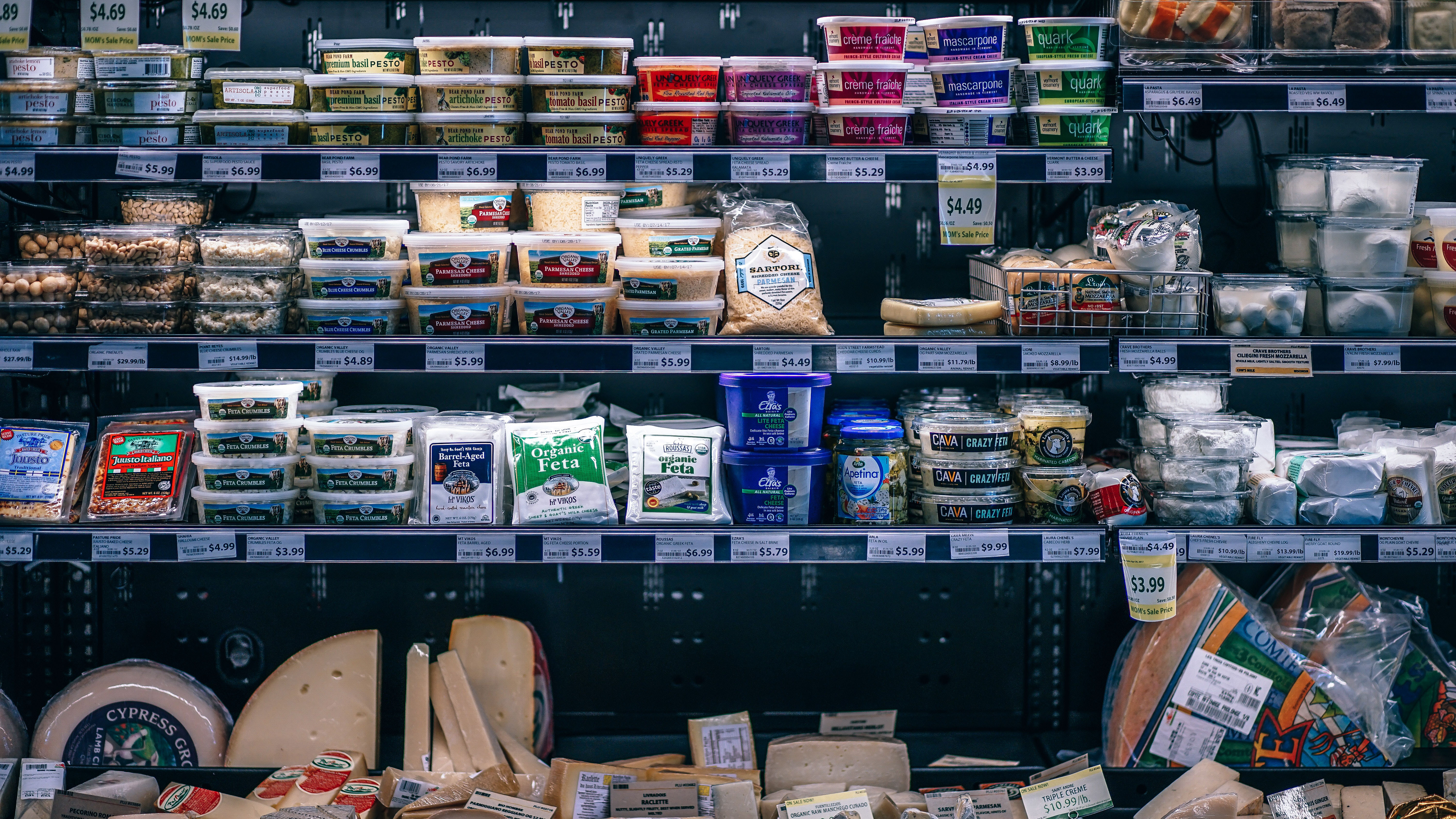September 17, 2018 – Depending on the season, you may need to brace yourself before your next trip to the grocery store. Shopper Freda Love admits, she wasn’t ready for the sticker shock she experienced on grocery store shelves. “Is it just me or are food prices becoming more expensive?” she balked. The mother of five cautiously purchased groceries for her family after seeing the high prices. Love is not alone in her distress at the grocery store, and the fluctuation of food prices is not a figment of her imagination.
PVAMU College of Agriculture and Human Sciences (CAHS) researcher, Victoria Parker said, “Price variations are the change in price for a certain food item that fluctuates in price from season to season.” She added, “these variations can be the result of uneven demand of products, out of season production, overseas shipping, unfavorable growing conditions, and other factors”.
Statistics from the United States Department of Agriculture (USDA) website, Economic Research Service, which indicates retail food prices partially reflect farm-level commodity prices, as well as, packaging, processing, transportation, and other marketing costs, along with other competitive factors support this trend. All of this has a more significant role in determining prices on supermarket shelves and restaurant menus. These factors confirm that the cost of food is higher today than one year ago, but more importantly, the costs vary season to season.
Parker says the trend is under examination. She and other researchers are looking at agricultural commodities throughout the year in hopes that trend may offer some relief. While it may be impossible to predict every price fluctuation, if price fluctuations for certain products like strawberries, oranges, and peaches are identified, research may be vital in finding the formula that could help shoppers like Love and eliminate some of that sticker shock at the grocery store.
This work is supported by the USDA National Institute of Food and Agriculture, Evans-Allen 1890 Research Formula Program project under Section 1445.
Article written by Z’Aundria Warren, CAHS Graduate Student – Fall 18

